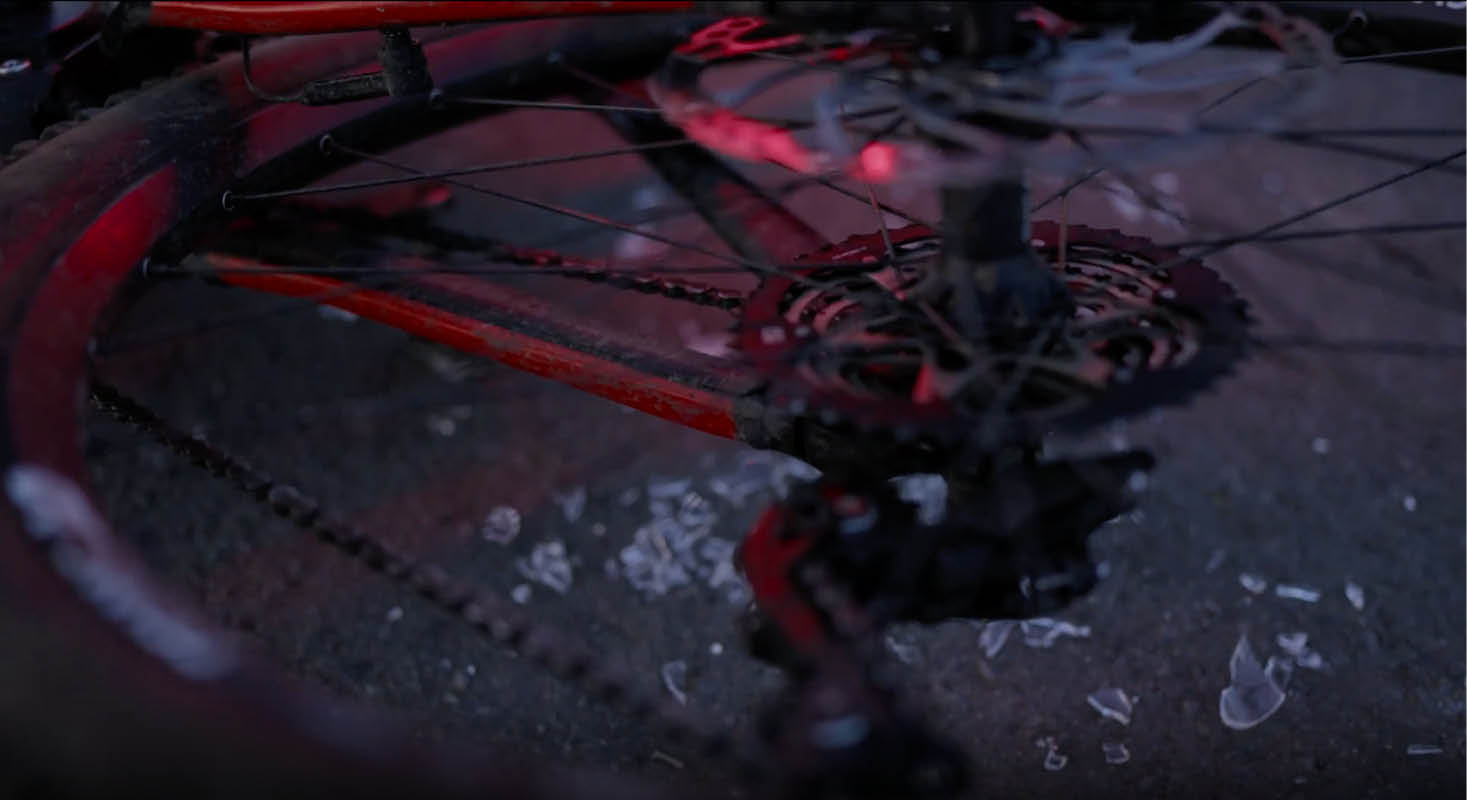FREE WORLDWIDE Shipping On £10+ Orders, Rated 4.6/5 stars (1,900+ reviews).
FREE WORLDWIDE Shipping On £10+ Orders, Rated 4.6/5 stars (1,900+ reviews).

Vision Zero and Cycling Data
4 min read
What is Vision Zero?
Vision Zero is a global road safety initiative that aims to eliminate all traffic-related fatalities and severe injuries.
It is a holistic approach that recognises human fallibility and focuses on designing road systems that prioritise safety.
The core principle of Vision Zero is that every traffic-related death or serious injury is preventable, and the responsibility for road safety lies with the system, not just individual users.
Vision Zero adopts the Safe System approach, widely recognized as the best practice by road safety experts, and emphasises collective responsibility. It acknowledges human error's inevitability and aims to prevent fatal outcomes from collisions.
Importantly, Vision Zero is proactive, identifying risk factors in all parts of the system and seeking to address them before serious harm occurs. It puts particular emphasis on building a safe road system, rather than fixing crash accumulation spots.
.
The Importance of Vision Zero
In 2020, the UN General Assembly declared the Decade of Action for Road Safety 2021-2030, aiming to prevent a minimum of 50% of road traffic deaths by 2030.
However, attaining this ambitious target necessitates the adoption of innovative tools and methodologies, as the current approach falls short.
Recognising this pressing need, an increasing number of national and local governments have embraced Vision Zero as a transformative solution.
Why Good Quality Cycling Data is Needed to Support Vision Zero
Cycling is good for wellbeing and creates inclusive, liveable cities. To make it attractive to more people, we need to design out risks and create safe spaces and conditions for cycling and road users.
At present, the main way that Local Authorities identify where serious and fatal collisions involving cyclists happen is by using the lag indicator of STATS19 reports, which is reactive, slow and limited as a result of incomplete knowledge.

By gathering and analysing advanced bicycle road use data, in addition to the official published figures, we can start to build a more accurate picture of the genuine state of UK road infrastructure and safety levels currently in use by pedal cyclists (in both a work and leisure context).
.
How Can See.Sense Data Help With Vision Zero?
At See.Sense we harness the power of technology to predict where collisions involving cyclists are likely to occur.
Our approach is novel because the value of kinematic driving behaviour in crash risk prediction has been shown for use in cars, but never done before for bicycles - we are making connected-bike safety possible.
With our patented sensor technology, we capture never before seen insights to inform safety including swerving, braking, collisions, road surface conscious, speed and dwell times.

In a previous project, RoSPA and See.Sense demonstrated how this methodology, using data collected from bicycles mounted with See.Sense bike lights, showed that See.Sense technology can be used to identify hazardous locations.
See.Sense Data: Empowering Vision Zero Efforts in London
In collaboration with TFL (Transport for London), See.Sense utilised aggregated and anonymised crowdsourced sensor data from cyclists using our connected bike lights in London.
This data, comprising over 5.4 billion sensor readings from 2019 to 2022, provided valuable insights for assessing holistic risk and contributing to London's Vision Zero initiative.
The findings supported risk modelling, highlighted areas with higher risks for cyclists, and guided interventions to enhance road safety.
By leveraging See.Sense data alongside other transportation data, TFL gained a comprehensive understanding of collision risk, aligning with their goal of eliminating traffic-related fatalities and severe injuries.
"Overall, See.Sense data provided standardised sensor insights for cycling in London. These new insights will enhance the effectiveness of our risk model and contribute to our understanding of collision risk, supporting London in achieving its Vision Zero goal." - Alex Drake, Data Scientist at TFL
Our work was also featured in Transport For London's Open Innovation page. TFL stated that "To better understand conditions leading to near-misses and incidents with cyclists, we worked with See.Sense who provided over 5.4 billion crowdsourced sensor readings from their sensor-enabled connected bike lights. Insights on road condition, speed, swerving and braking allowed us to identify where cyclists face riskier journeys in London, helping us to plan improvements to our network and achieve London's Vision Zero ambition."
Read More on our work with Transport for London here.

See.Sense's Data-Led Approach To Vision Zero
While static AI sensor cameras are being used in some cities to detect cyclists and attempt to identify near-miss events, there are limitations.
Firstly, cameras tend to be located at busy junctions and major A roads and highways, leaving many gaps in coverage including quieter routes favoured by cyclists.
Secondly, the ‘near-miss’ detection algorithms are limited by available data such as speed of passing cars, or proximity but do not have granular data on swerving and braking. Our approach overcomes these challenges and can complement static AI sensor cameras.
Using See.Sense crowdsourced sensor data we can identify hazardous locations outside areas covered by cameras.
Our work is helping to tackle one of the largest barriers to cycling, that many people do not feel safe cycling on UK roads. By taking a data-led approach, we can help local authorities address safety in a proactive way.
.
See.Sense Awards For Vision Zero
We are proud to have won the 2023 Prince Michael Road Safety Technology Award for our work with Transport for London to advance London's Vision Zero goals. Our work in London, as well as with RoSPA in Birmingham, also received a 2023 CIHT Road Safety Commendation. 
To find out how See.Sense technology and data services can help with your Vision Zero and road safety target please email team@seesense.cc and a member of our team will be in touch.
'LET'S TALK CITIES' NEWSLETTER

